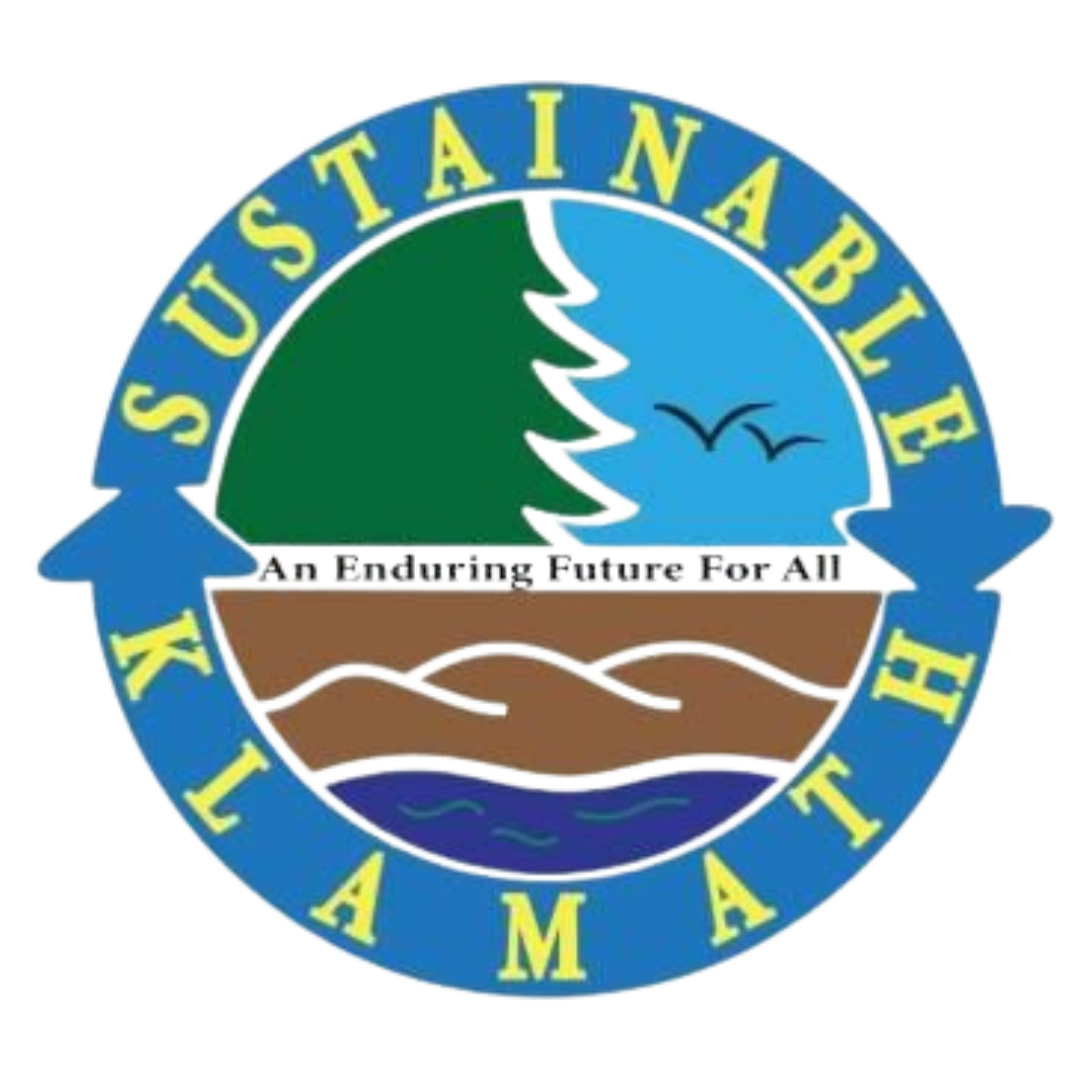by Alissa Oliverson (SWAC Chair), September 2021
Trash Talk Series from Sustainable Klamath, Solid Waste Action Committee (SWAC)
Single-use tableware isn’t just unappetizing to look at. It is also a less-than-tasty issue that damages ecosystems and pollutes the environment – all at a higher cost than washing dishes.
What’s your favorite restaurant in town? You probably go there because you like their food, right? Of course, it’s great. But have you ever considered the tableware they provide for you to use in their establishment?
On a recent trip to a brilliant pasta restaurant in a neighboring county, I was thrilled to taste the best Aglio Olio dish I’ve ever had. The pasta was perfectly al-dente, and the garlic sauce was so potent I had zero fears of tussling with vampires for at least a few hours after eating the dish. It was a heavenly plate of food – or at least it would have been if it were served on an actual plate. Instead, this restaurant chose to serve their delicious cuisine in a wax-lined cardboard take-out container with a plastic fork and knife, rolled in a paper napkin. My taste buds and my tummy were happy campers, but my planet-loving sensibilities were offended by this dine-in, single-use situation. Not only did the single-use tableware detract from the beauty of the food and the rest of the ambiance, it also, more importantly, highlighted a rather unappetizing reality: the act of eating my meal was being facilitated by the unsustainable use of paper and plastic.
Plastic cutlery, paper napkins, and most take-out containers are not recyclable. And though some of these items might contain some recycled content (which reduces the amount of virgin materials consumed to produce them – that’s a good thing) they are still meant for a single-use and will end up in a landfill, or some inappropriate place – like the Great Pacific Garbage Patch.
But it’s not just single-use plastic cutlery, paper napkins, and take out containers that are a cause for concern. Did you know that about 80 billion pairs of single-use wooden chopsticks are used worldwide every year? It takes one 20-year-old tree to produce just 4,000 chopsticks, so if we do the math, that means we’re using 20 million trees every year just to make chopsticks. Such use of natural resources can lead to deforestation, which leads to a worldwide loss of biodiversity, erosion of fertile soil, alterations in climate, and an increased potential for massive landslides and severe flooding.
Single-use culture goes against all the best practices of sustainability we’ve come to understand, the top two approaches being reduce and reuse. When we reduce and reuse, we lessen our impact on the planet, and that comes with a host of benefits. We save space in landfills: keeping more habitable and natural land space and lowering amounts of pollutants that come from decomposing garbage. We preserve natural resources and cut down on the pollution that comes from exploiting those resources. We save energy and all types of resources that go into making that energy. The benefits of reducing and reusing are wide ranging and well established, and even amid a global pandemic, it has been shown that reusing is just as safe and sanitary as single-use – if not more. In tandem with the environmental benefits, reducing and reusing can also be more cost effective for businesses; in the simplest economic sense, it’s cheaper to wash dishes.
So, what’s with the single-use tableware in restaurants? I’ve found that in many cases, outdated behaviors are based in a lack of education. Maybe your favorite restaurant just doesn’t know that their single-use choices are not helping to preserve the environment we all depend on to survive or helping their bottom line. Maybe inquisitive patrons could be a big part of a solution to this misunderstanding. So, next time you’re out to eat, consider the tableware used by the restaurant. If it’s single-use, you could ask why. You could ask if the business knows the superior nature of reusable culture. You could inspire your favorite spot to be even better; to make more money while preserving our environment. You could inspire the business to make the necessary changes that will keep it relevant long into a rapidly changing future, where our righteous focus will be more narrowly placed on the way we use and interact with our environment.
For more information about sustainability in the Basin, to volunteer or donate, visit SustainableKlamath.org

Leave a Reply